How to Wash Cleaning Rags
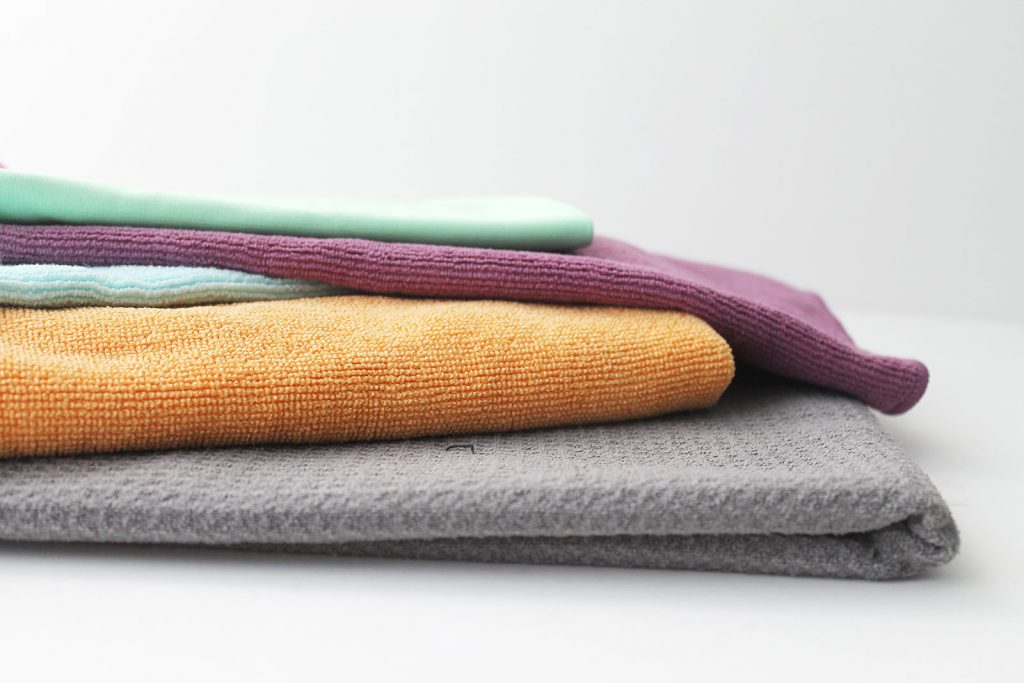
It’s laundry day. You’re grouping your colors, your whites, your towels, and your sheets. But then you grab for the cleaning rags—do you place them in with everything else? Do you wash them separately? What is the best way to wash cleaning rags?
For many people, throwing your cleaning rags in with another load of laundry seems logical. Of course, you can absolutely do this; but, the ultimate question is if you should. With the amount of grime and bacteria that collects on your cleaning rags, you’ll want to think twice before throwing them in with the regular mix.
Recommended Products for Washing Cotton Cleaning Rags:
Recommended Products for Washing Microfiber Cloths:
- Laundry Detergent
- Microplastics filter like Guppyfriend, Xfiltra, Cora Ball, or Filtrol
Best Cotton Cleaning Rags:
- White Bar Mops – We have 2 packs of these towels. As a family of 3 (two adults and a 17 month old), they last for a full week of cleaning.
Why You Should Use Cleaning Rags, Not Paper Towels
It’s simple, re-using cleaning rags (especially made from organic material, like cotton) over time is more eco-friendly than single-use paper towels. If you are motivated to reduce paper and non-recyclable plastic waste, then making the switch to reusable cleaning rags is an easy decision.
We also recommend using natural, low-waste cleaning solutions. Here are 20 different options to choose from, based on every room and surface in your house.
How To Wash Cleaning Rags
I usually wash my cotton cleaning rags in a regular, hot laundry cycle with detergent. Then once or twice a month (or every 2-4 washes), I bleach my cotton cleaning rags to properly sanitize them.
Oxygen Bleach vs. Chlorine Bleach
As Clorox explains, the active ingredient in oxygen bleach is hydrogen peroxide. Hydrogen peroxide is an effective but much weaker bleach than sodium hypochlorite, the active ingredient in traditional chlorine bleach. Examples of oxygen bleach are OxiClean or Clorox 2 – both are commonly used to remove stains from colored fabrics.
Because of this, chlorine bleach is your best bet if your goal is to sanitize. Of course, you have to be mindful not to bleach more delicate fabrics like silk, mohair, or synthetic fabrics.
If you have concerns about the health risks or environmental risks associated with using chlorine bleach, I recommend reading this How Stuff Works article. It goes into the science behind bleach, why it is so commonly used today, and how to use it properly with caution.
When it comes to bleach, my opinion is in the “all things in moderation” camp. I will use chlorine bleach to sanitize when it is necessary!
Recommended Cleaning Products:
Cotton Cleaning Rag Washing Instructions:
- Check care labels of your cleaning cloths – white cotton cloths should be fine to bleach.
- Load your cleaning rags into your washing machine.
- Add detergent and bleach in the appropriate dispensers.
- Wash on the hottest cycle setting.
When it comes to drying your cleaning rags, simply lay them out in the sun. The sun is considered to be one of the toughest killer of germs. If that’s not an option where you live, then your dryer will also get the job done just fine.
Should You Wash Cleaning Rags Separately?
The short answer: yes.
Have you heard of the term “Sick Laundry Cycle?” Researchers coined it to explain how washing fabrics with “high levels of bacteria in the wash with other clothes will only lead to an endless cycle of germs.” With exposure to pieces of food, sticky spills, and other miscellaneous residue, cleaning rags can quickly become a breeding ground for bacteria.
Now, you wouldn’t want all of that to transfer onto your clothes or to the towels that you use to dry your face and body, right?
If you DO want to wash your cleaning rags with other laundry items, I recommend you pre-treat them in boiling water by following these steps:
- Fill a large pot with water and bring to a roaring boil.
- Add your cleaning rags to the boiling water.
- Soak the cleaning rags for 15 minutes. The boiling water will “kill any mold, mildew, bacteria and germs that may be on the cloths.”
- After boiling, you can wash and dry as you normally would—yes, that means with other garments that aren’t considered washing rags.
How To Wash Microfiber Cleaning Rags
Many of us use microfiber cloths as cleaning rags, and for good reason! They absorb up to 8 times their weight in liquid and wipe away dirt and grime beautifully. Here is how to clean and care for your microfiber cleaning cloths:
- After each use, give your microfiber a thorough rinse in your sink. Remove any debris that might be clinging to the microfiber fabric.
- Wash microfiber separately. If you wash it with other rags or towels, the lint and fibers from other fabrics will transfer to your microfiber. Even if it’s a small load, it’s best to keep them separate.
- Use a gentle, scent-free and dye-free laundry detergent.
- Do NOT use bleach or fabric softener! Bleach will ruin microfiber and fabric softener will coat the cloths and minimize their cleaning power.
- Wash on a cold setting, as heat could damage the microfiber. Microfiber can burn or melt if washed on a hot setting.
- Invest in a microplastics filter like Guppyfriend, Xfiltra, Cora Ball, or Filtrol to capture microplastics before they shed into our oceans.
Tumble dry on low or no heat. Avoid using dryer sheets or even dryer balls. These products are meant to reduce static cling, but with microfiber you want all the static cling!

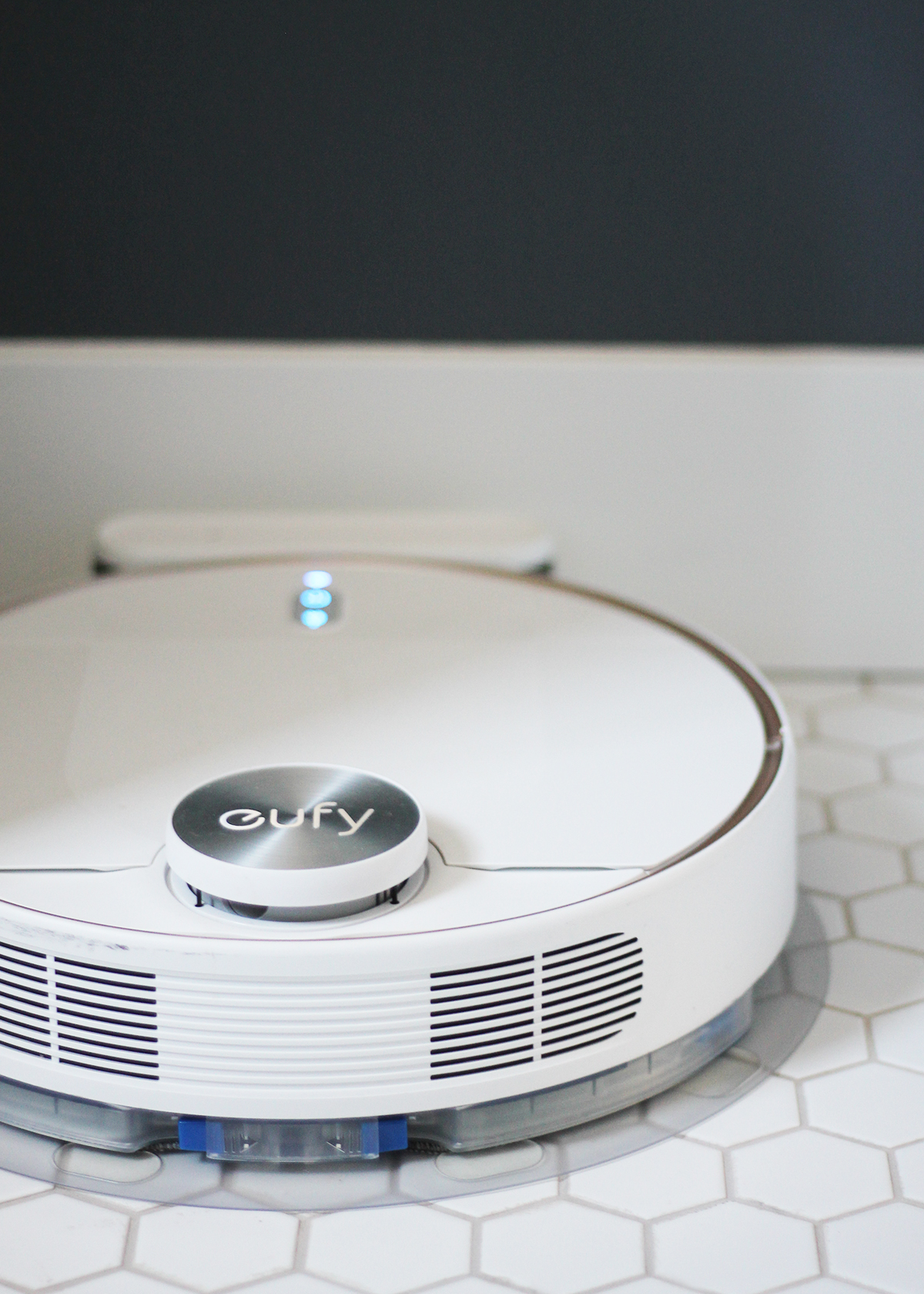
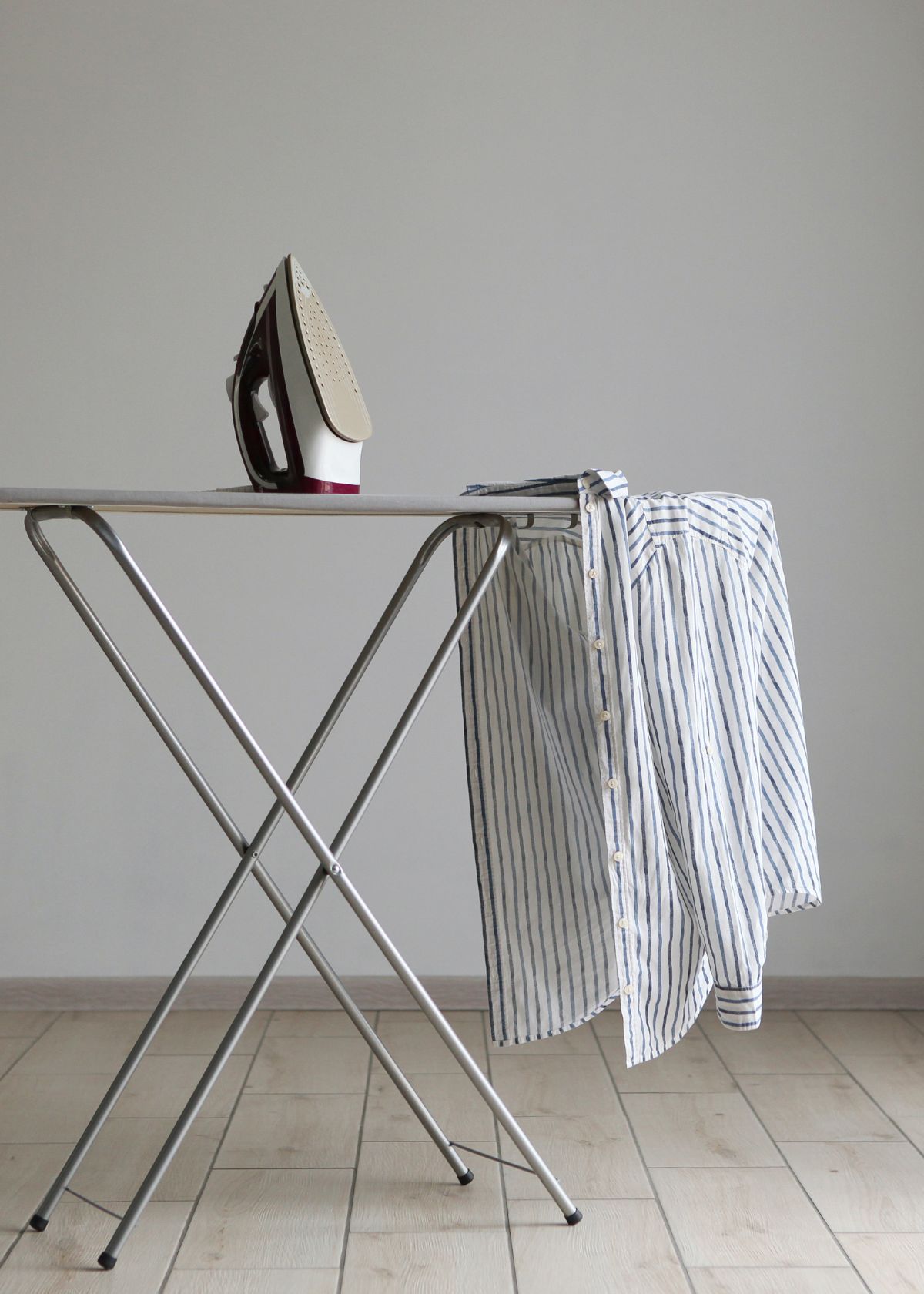
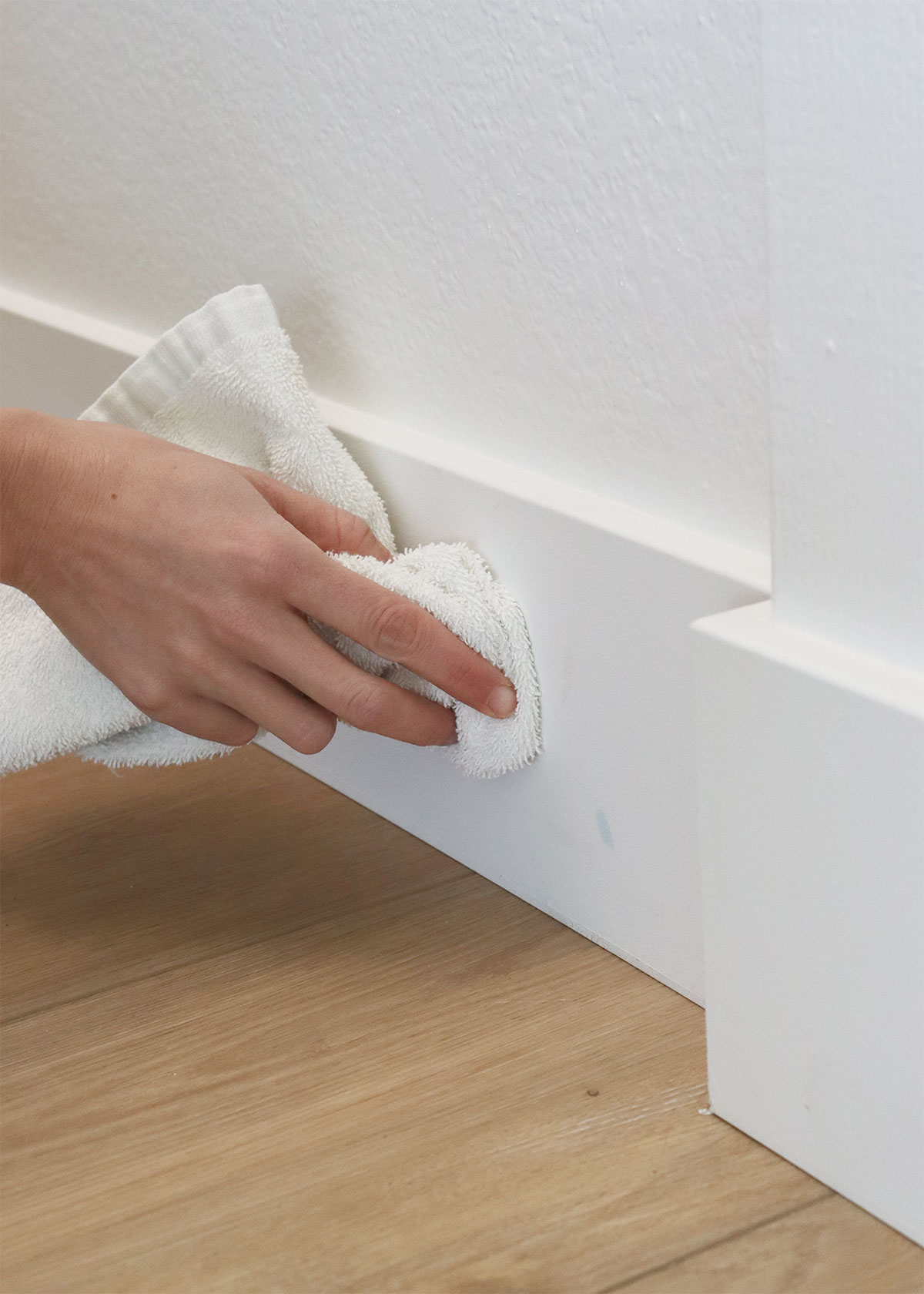
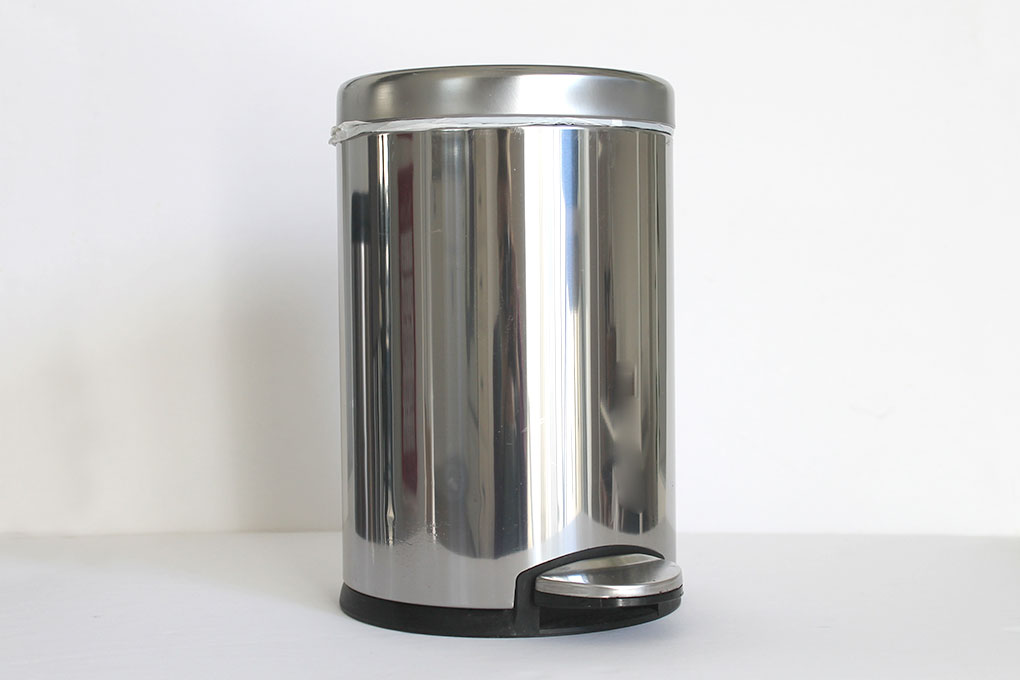


Thank you so much for explaining how to wash those darn cleaning towels full of bacteria. I always wondered if it was OK to throw them in with all of the other clothes. Now, after reading your article I understand that a separate load in hot is best.